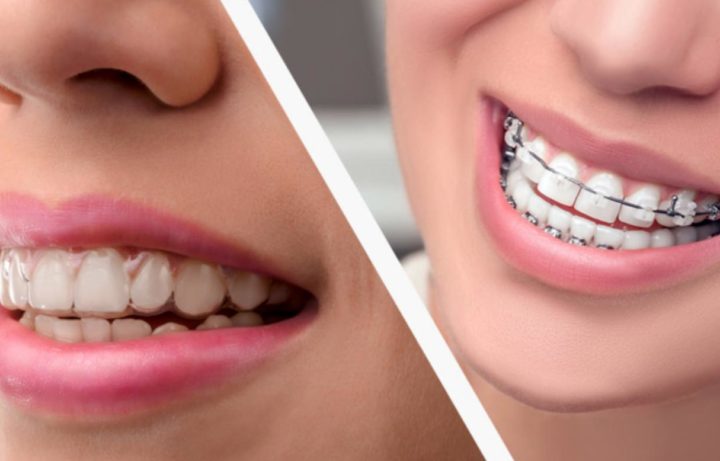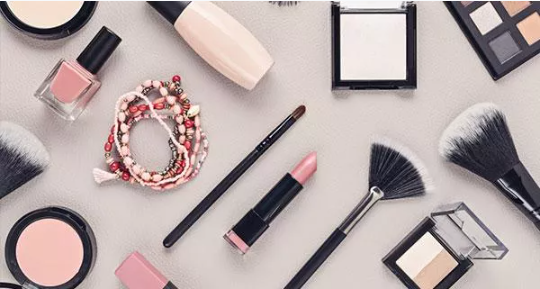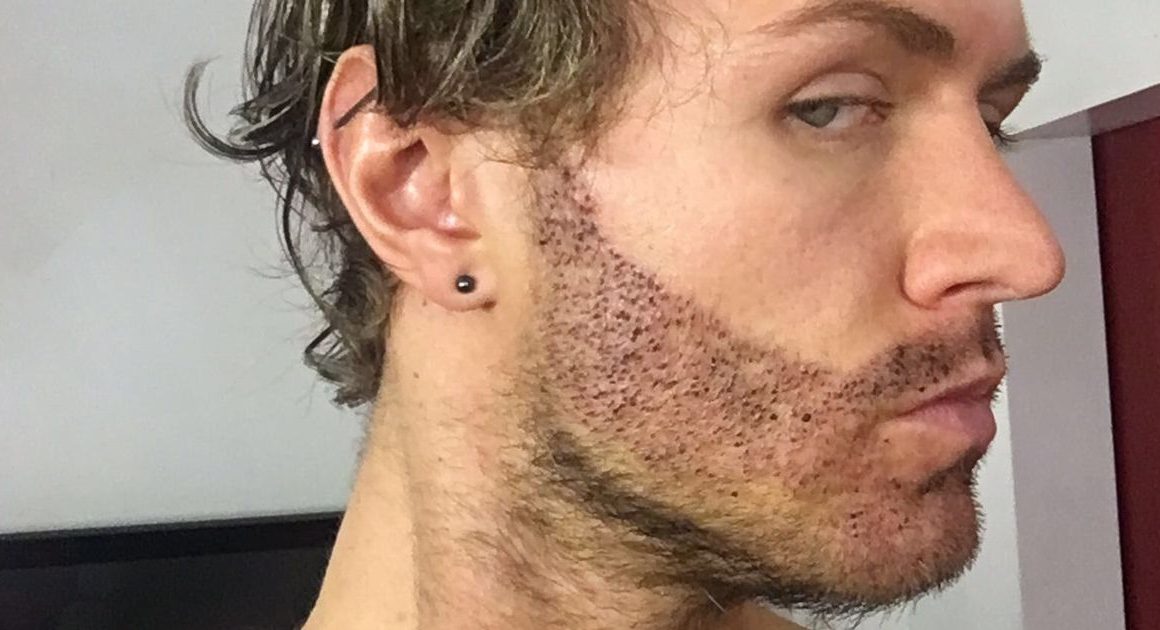What are the best braces colors? Should your braces be white or clear? Most dentists and orthodontists agree that matching your braces color to your teeth color is ideal, but it’s not always possible to determine exactly what color your teeth are. This can be especially tricky with older adults who have had their teeth long enough to develop yellowing (commonly known as tetracycline staining). If you still need help finding the best braces colors, this guide will give you some tips on how to find the right shade of braces that will work with your smile.
What is a braces color wheel?
There are six colors in a typical braces color wheel: yellow, orange, red, pink, blue and green. These colors can be used in any number of combinations when deciding on your custom braces colors; some color combinations may seem appealing to you and others may not. The best way to learn about color combinations is through research—read articles about it or ask your dentist what she thinks. Once you have an idea of what looks good together and what doesn’t, start playing around with different colors online; think of websites as your own personal palette. Write down every combination that looks good to you and go back through them after doing more research; you’ll find that they’re changed.
Primary colors
There are three primary colors — red, blue and yellow. Mix any two of these three colors together, and you will get a secondary color. For example, mix red and blue, and you will get purple. Mix red and yellow, you’ll get orange. Mix blue and yellow, you’ll get green. This is why there are so many different options when it comes to braces colors!
Red, blue, green and yellow braces
As far as color theory goes, it’s best to stay away from these. Red attracts too much attention, blue is associated with sadness and yellow with sickness. Green doesn’t really fit in any category but works well for braces because it isn’t abrasive like red or yellow. The best way to work with these colors is by matching them with complimentary hues (blue-green and yellow-orange). The key is balance; if you want a pop of color in your braces, go easy on your companion color.
Pink and brown braces
Pink and brown can be a striking combination for braces, which means that both teens and adults alike will be talking about your new smile. However, because pink and brown are so eye-catching, it’s best to keep them as a small accent color on just one or two brackets. You can also use these colors in combination with other brighter hues, like neon green or yellow. Whether you choose to add just one pop of pink or build an entire rainbow palette with these shades is up to you; either way, remember that these hues work well together.
Purple braces
Choosing which color of braces to wear is based on a few factors. An orthodontist will decide what type of wire you need and can usually give advice on different colors that could help your teeth pop out, depending on your face shape. Usually, we have patients wear clear braces first, so they can see how they look and make sure they are comfortable before wearing metal. With multiple shades and choices in material, there’s no one right answer when it comes to choosing best braces colors. Ultimately, though, these factors play into color decisions
Black and white braces
There is an old wives’ tale that wearing black and white braces can help make your teeth appear whiter, but there is no scientific evidence for it. You may want to wear your braces in a less-visible color if you are concerned about how they will look during regular everyday use, as well. For example, gray or navy blue braces may be best for a teenager who spends most of their time at school or with friends. If you do want to try black and white braces, you can easily buy them online from retailers like Amazon or DentalEZ. They cost more than other colors, however, so make sure you really love them before making a purchase.





